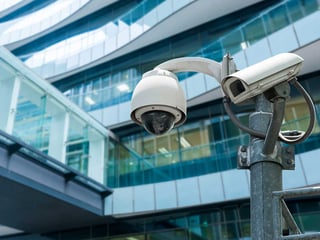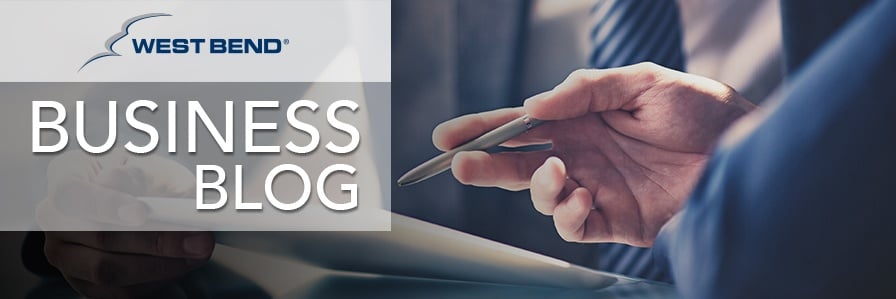 For many years, video surveillance cameras have been used as a theft deterrent or to help apprehend criminals in banks, convenience stores, and gas stations. In recent years, video cameras have slowly been infiltrating many other businesses. In fact, most people now assume they’re being filmed while shopping in big box stores, and they’re probably right.
For many years, video surveillance cameras have been used as a theft deterrent or to help apprehend criminals in banks, convenience stores, and gas stations. In recent years, video cameras have slowly been infiltrating many other businesses. In fact, most people now assume they’re being filmed while shopping in big box stores, and they’re probably right.
Surveillance cameras have become more prevalent due, in large part, to the fact that they’re smaller, take higher-quality video, and are much more affordable. For a higher price, they can even include high definition or infrared night vision.
The uses for surveillance cameras can be as diverse as the businesses using them. For monitoring customer activity, the typical location over the cash register can certainly be useful; however, thinking outside the box and expanding to other areas on the premises might prove to be even more valuable. Cameras that monitor entry and exit doors, sidewalks, and parking lots can show conditions at the time of an incident. West Bend has found surveillance video to be extremely valuable in the investigation of general liability losses, particularly slip and fall claims.
If the incident was captured on video, we’re able to better defend our insureds against premises liability claims because we can verify many factors that help determine if our insured was negligent. These include lighting and surface conditions, as well as information about the claimant: What was he carrying? What was he looking at when he fell? How fast was he walking? What kind of shoes was he wearing? And perhaps most important is whether he actually fell. Cameras in parking lots can also capture other incidents, like auto accidents.
One of West Bend’s large commercial accounts has an average of 12 video cameras at each of their retail locations. This includes the auto service portion of the operation. They record the work done on each customer's vehicle. Should a customer later allege the work wasn't performed properly or that one of the employees damaged the vehicle, the insured can review the video.
Our underwriters consider video surveillance cameras when analyzing the quality of a risk and can usually offer better pricing when they’re used.
If the old adage, "a picture is worth a thousand words" is true, then video is worth 10,000!
This blog was written by Laurie Cook, Regional Claim Representative





